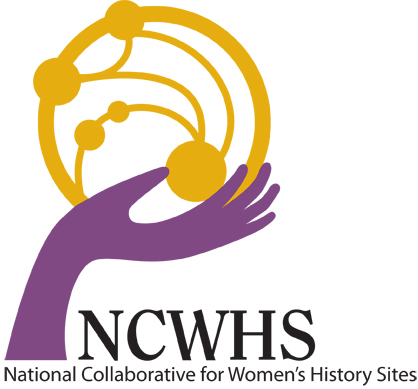Women’s history is closely linked with gender issues, and gender theory can contribute to and enrich women’s history scholarship and applications. As Jill Cowley explains in this article, “Place and Gender: Applying Gender Theory to the Documentation and Management of Cultural Landscapes,” published in 2001, at a high point in NPS activities promoting diversity, and is still relevant today. Topics covered include gender as a social construction, gender and women’s history, balancing gender representation, exploring gender roles, differences among women and men, and gender as one of many diversity factors. While women’s history studies include discussion of some gender parameters, studies using a “gender lens” more often include both women and men, their experiences and influences on cultural landscapes and other historic properties, and a gender focus involves asking questions such as how gender identities have influences social relationships, community actions, historical trends, and the evolution of landscape at different times in history. Women are integrated into the overall story, and not included as an “add-on”. One of the many examples cited in the article is that of the Sisters of Loretto religious community in Bernalillo, New Mexico, where, contrary to the stereotypical women-private realm and men-public realm binary, nuns lived and worked within the public and visible school and church compound, and the brothers lived in the private residence behind the orchard, separated from the school and church. Other examples are primarily from national parks in the U.S. Southwest.
Donate to NCWHS
Donate
Address
National Collaborative for Women’s History Sites (NCWHS)
c/o Alice Paul Institute
P.O. Box 1376
Mount Laurel, NJ 08054
502-819-2537
Recent Articles
- Alice Dunbar-Nelson Presentation Video Link Available Now!
- NCWHS June Virtual Event – RESCHEDULED 6/26 – New Registration Link
- NCWHS to host June Virtual Event
- New Podcast Highlights How American Women Won the Vote with Stories Along the National Votes for Women Trail
- See NCWHS Board Member and Belle da Costa Greene Exhibition Project Curator Erica Ciallela at the Morgan Library on the Today Show!
Join our Email Newsletter
National Collaborative for Women's History Sites
